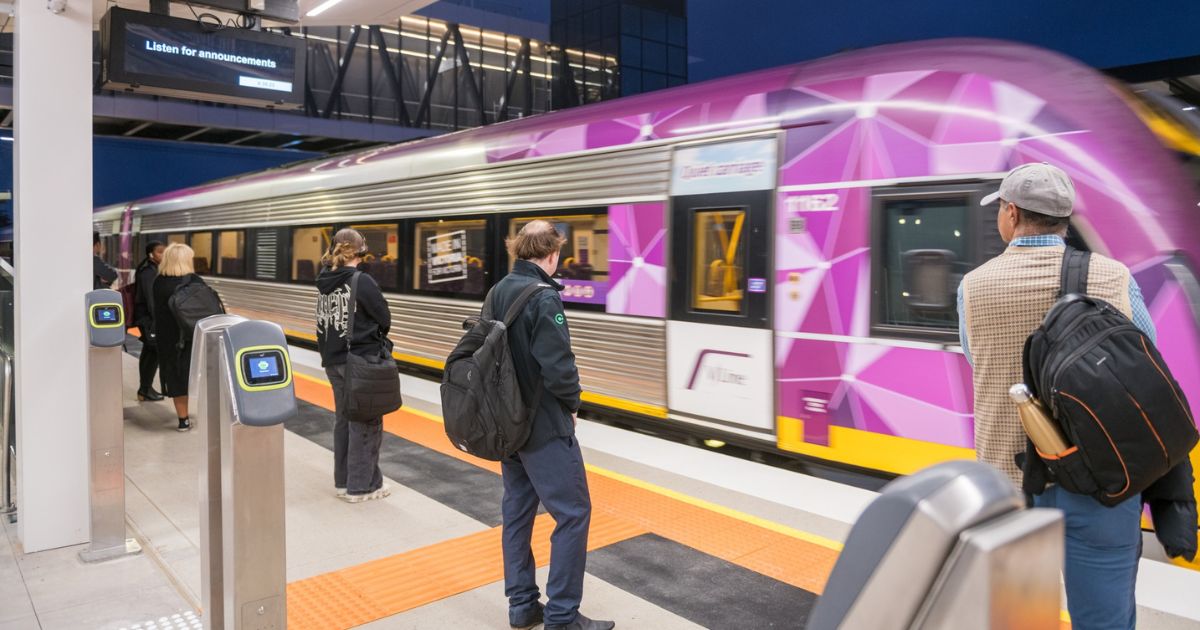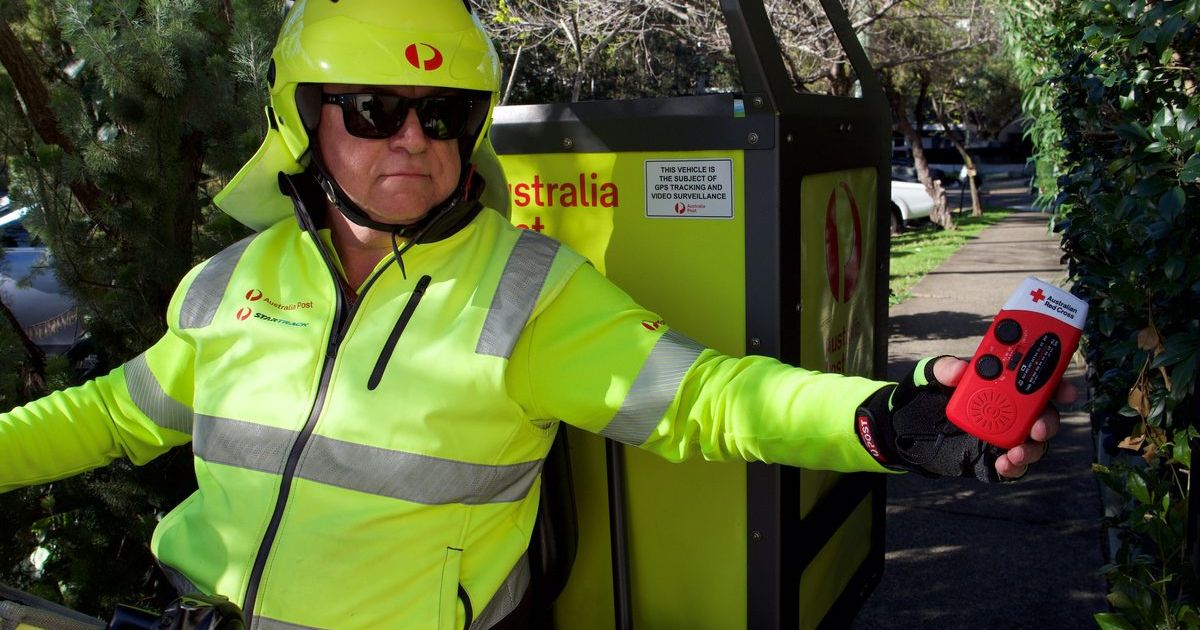An open letter to the community from Buninyong-Mount Helen Fire Brigade

John McLeod, the Community Education and Safety Coordinator at Buninyong-Mount Helen Fire Brigade, said emergencies like the Mount Buninyong fire demonstrate how lucky locals are to live in such a caring and supportive area.
NOW that the ash has settled on the Mount Buninyong fire, it is a good time to reflect on our actions and responses to an emergency within our community.
Fires like the one on the mount can develop quickly and become out of control if there are high winds or a strong wind change occurs. Luckily, that didn’t happen this time.
The fire on Boak Road, Mount Clear, at the same time had the potential to create far greater concern had it not been for helicopters working on the mount quickly being diverted to control it.
Without the helicopters that fire could have easily spread to threaten Mount Clear and Mount Helen, including the large volume of traffic on Geelong Road.
Reflecting on that day, how comfortable did you feel about your fire plan and were you prepared to enact it if things escalated quickly?
How do you keep informed and receive warnings? Vic Emergency App? Radio? Social media? Or from someone posting on social media noticeboards that they’ve seen a helicopter?
We can’t rely on just one source of information; we also can’t rely on even getting this information! What if lines of communication completely drop like they did in many parts of Victoria during the wild storms we have experienced in the past?
The more sources you can tap into the better. The more interconnected you are within your community the more information and assistance you can access in emergency circumstances.
When you become aware of a fire, tap into all the resources you can. Check the weather apps, know the wind direction to see if your place is likely to be affected. WhatsApp groups for your street or road are a great way to keep one another informed.
Sometimes these fires develop quickly or are so close by there is no time for warnings, no time for official notifications or alerts, no time for a truck to arrive.
You need to make the call for your own family, because you can’t rely on a knock on your door telling you that it’s time to leave. Step outside, use your senses. What can you see? What can you hear? What can you smell?
If you see something, don’t wait for an official message to act, you must act for your safety and your family.
More importantly, you need a plan to match the situation you find yourself in.
If your fire plan includes waiting until you receive an official notification to leave or to enact your fire plan, you need a new plan.
Importantly, ‘We are going to leave’ is not a plan, it is just a statement.
There are many decisions that need to be made to leave safely. Without a well-discussed plan that has been agreed on and committed to by all family members, many things can go wrong which can result in you panicking, making bad decisions, leaving late or getting caught and putting your lives in danger. As with the Scotsburn fire and the Nash’s Road fire, the fire can develop so quickly that it is too dangerous to leave safely. Therefore, it is crucial that your fire plan includes a backup plan for when it is too dangerous to leave.

It is also very important to have alternative routes to leave in case one route is blocked or congested.
Geelong Road can very quickly become dangerously congested in a crisis, leaving people stuck and vulnerable. We saw this with the two fires on 5 March, with the evacuation of the university, people trying to collect children from schools and people leaving Buninyong and Mount Helen via Geelong Road. If the Boak Road fire hadn’t been quickly contained this situation had the potential to be extremely bad, spreading south through Mount Clear and Mount Helen, including Geelong Road. One of the worst places to be in a fire is stuck in a car.
The other thing we would like you to consider is knowing your neighbours. Who are they? Are they vulnerable? Do they have accessibility limitations? What’s their fire plan? Which neighbours need assistance, which neighbours have resources to fight a fire if stuck and unable to leave early? Which properties are better prepared to shelter in as a place of last resort?
In an emergency situation, if you’re worried for your neighbours and believe they can’t evacuate themselves and you can’t help them, call 000.
We all need to accept responsibility for our own actions in these situations. We all need to work together to get the best and safest outcomes, to protect life and property.
We want you to be the best prepared that you can be so please feel free to get in touch with us if you have concerns or need assistance with your fire preparedness.
Whenever there are emergencies like this it demonstrates how lucky we are to live in such a wonderfully caring and supportive community. We have had people from all over expressing appreciation and offering support and assistance. The brigade really appreciates this generous support from the community.
We live in a beautiful part of the state but, unfortunately, it is a high fire danger area so we can never get complacent about the risk.
For further information visit cfa.vic.gov.au/plan-prepare/before-and-during-a-fire/leave-early .
John McLeod
Community Education and Safety Coordinator
Buninyong-Mount Helen Fire Brigade


















